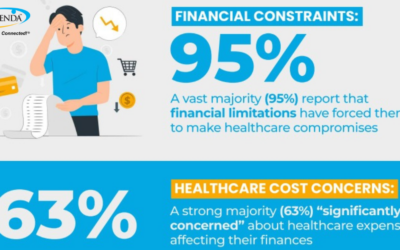The COVID-19 pandemic changed business models, operations, and patient relations. It undeniably opened the door for the homecare industry to adopt new engagement practices to revolutionize home healthcare: sustained social engagement, personalized and comprehensive care, and efficiency across the health ecosystem.
During the pandemic, it was quickly evident that digital aid can facilitate homecare services. But it also proved the potential for technological adoption in the industry to sustain social engagement by assessing the specific needs and values of those who rely on these services.
Telehealth is a tool that helps consider social and behavioral health just as much as physical health for more personalized and comprehensive customer care – a practice that should always be included in elderly care.
Constant monitoring for vital signs could mean fewer unnecessary ER visits and hospitalizations, providing more efficiency to the system – which is great for each shackle of the healthcare industry.
Josh Klein, CEO of Emerest and Royal Care, shares his perspective on the lessons for the telehealth industry after the pandemic in this Forbes article. Here are the key points:
- Telehealth Revolution: The pandemic accelerated the adoption of telehealth, which became essential for providing continuous care and reducing viral exposure.
- Social Engagement: Technology enabled meaningful social interactions among patients, fostering communities and improving emotional well-being.
- Personalized Care: Homecare organizations adopted personalized and comprehensive care approaches, leading to better long-term health outcomes.
- Efficiency: The pandemic highlighted the need for efficient operations across the health ecosystem, ensuring better patient care and resource management.




